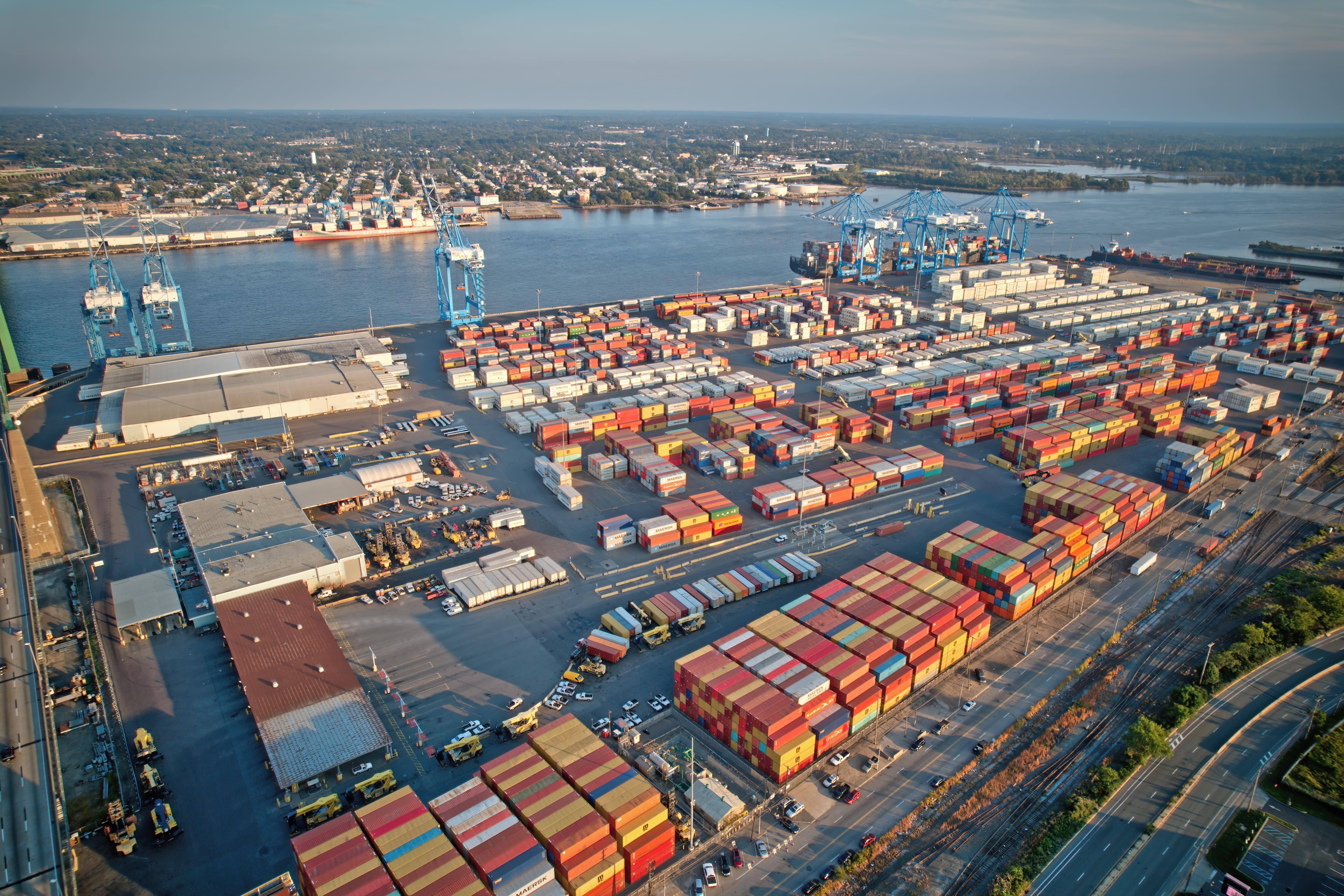
Coastal and ocean resources are productive drivers for the local, state, and national economy. Communities need information to quantify impacts to these resources to make informed decisions about the future.
Understand the Basics
-
Training – Video
Econ 120: Ocean Economy
Watch this video to understand complex economic terms and learn about the synergies between the ocean and Great Lakes economy and the nation’s economy as a whole. This video is part of a series of introductory economic videos.
-
Training – Publication
Introduction to Economics for Coastal Managers
This document presents different ways of assigning value to resources, several methods for comparing and assessing different management alternatives, and multiple case studies of real-life situations.
-
Training – Quick Reference
Economic Approaches for Decision-Making
There are many economic analysis options to consider when making decisions about coastal projects and programs. This bundle of guidance documents, quick references, and infographics offers a starting point to sift through the options.
-
Training – Quick Reference
Socioeconomic Data Summary
This quick reference demonstrates the values and risks of coastal and ocean resources, defining “coastal population,” “coastal economy,” and “ocean economy.” The summary provides essential facts and concise guidance on when to use them.
Discover the Data
-
Data
Economics: National Ocean Watch
ENOW data are published annually, capturing the composition and trends of the U.S. marine economy. This data set captures economic indicators in six marine-dependent sectors at the national, regional, state, territory, and county levels.
When to use:To access economic indicators and trends within the marine-dependent sectors of the economy at the national, regional, state, and county levels.
-
Data
Total Economy (Coastal)
These data include employment (establishments, employment, and wages) and gross domestic product statistics for all economic activity occurring in coastal areas.
When to use:To identify all business activity that could be at risk from coastal hazards.
-
Data
Marine Economy Account
Featuring statistics on businesses in 10 sectors of the economy that depend on ocean and Great Lakes resources, this information is available at the national level. The statistics are consistent with the national accounts produced by the Bureau of Economic Analysis and are comparable to other international databases focused on the blue economy.
When to use:To get information about national level economic data showing the nation’s dependence on the marine economy. State and county-level marine economic data can be found here.
-
Data
Employment in Coastal Inundation Zones
These data include the number of business establishments, and the number of people employed by those establishments, that fall within various coastal inundation footprints, including FEMA Special Flood Hazard Areas; NOAA Sea, Lake, and Overland Surges from Hurricane (SLOSH) categories 1 to 4; and NOAA Tsunami Inundation Zones. These data are reported as aggregated statistics at state and county levels.
When to use:To determine potential risk to the economy from coastal inundation.
Explore Your Economy
-
Tool
ENOW Explorer
This tool allows users to query economic data and associated charts for economic indicators such as employment, establishments, wages, and gross domestic product across six sectors dependent on the ocean and Great Lakes (living resources, marine construction, marine transportation, offshore mineral resources, ship and boat building, and tourism and recreation). Data are available at the state, territory, and county levels and are derived from NOAA’s ENOW (Economics: National Ocean Watch) data.
-
Tool
Coastal County Snapshots
This tool provides quick visualizations and supporting information about the "marine economy" and "total coastal economy" of coastal counties.
-
Tool
Quick Report Tool for Socioeconomic Data
This tool provides one-stop shopping for your economic and demographic data needs, allowing users to quickly download data by selecting the data type, geography, and time period of interest. A number of commonly used data sets are provided, including data describing the ocean and Great Lakes economy (Economics: National Ocean Watch), the total economy of coastal areas, American Community Survey, and critical facilities and demographic trends data sets.
-
Training – In-person and Virtual Course
Estimating the Local Marine Economy: Telling Your Story
Attend this in-person or virtual course to help tell a compelling story about the importance of your waterfront by identifying local marine jobs and using local economic data. These stories are helpful when compiling information for comprehensive coastal resilience planning efforts, grant applications, and outreach projects.
Conduct an Economic Analysis
-
Training – Virtual Course
Economic Guidance for Coastal Management Professionals
This training provides an overview of economic analyses used in valuation, including information about a benefits-cost analysis, economic impact analysis, cost-effectiveness analysis, and more. Understanding these basics will help participants identify the appropriate approach and the data needed to estimate project value and incorporate economic data.
-
Training – Online Guide
Using Economics to Inform Decisions
This self-guided module provides a deep dive into understanding when and how to do economic valuation. It includes in-depth information about benefit-cost analysis, economic impact analysis, cost-effectiveness analysis, and more.
-
Training – Publication
NOAA Reports on the U.S. Marine Economy
These reports provide an overview of economic indicators for six sectors of the marine economy for the nation and for each of the 30 coastal states. Find establishment, wage, employment and gross domestic product values for each state and a variety of infographics at the national, regional, and state levels.
Story from the Field
-
Training – Case Study
Estimating the Economic Contribution of Gloucester, Massachusetts’ Working Waterfront
Harbor planners used Economics: National Ocean Watch data to tailor their maritime economy profile and identify ocean-related businesses at a community level.
-
Story from the Field
Assessing the Economic Significance of a Public Pier and Boat Launch in Maine
An analysis of the economic benefits of a public pier and boat launch helps the community and local industries justify spending to remedy the effects of rapid sedimentation.
